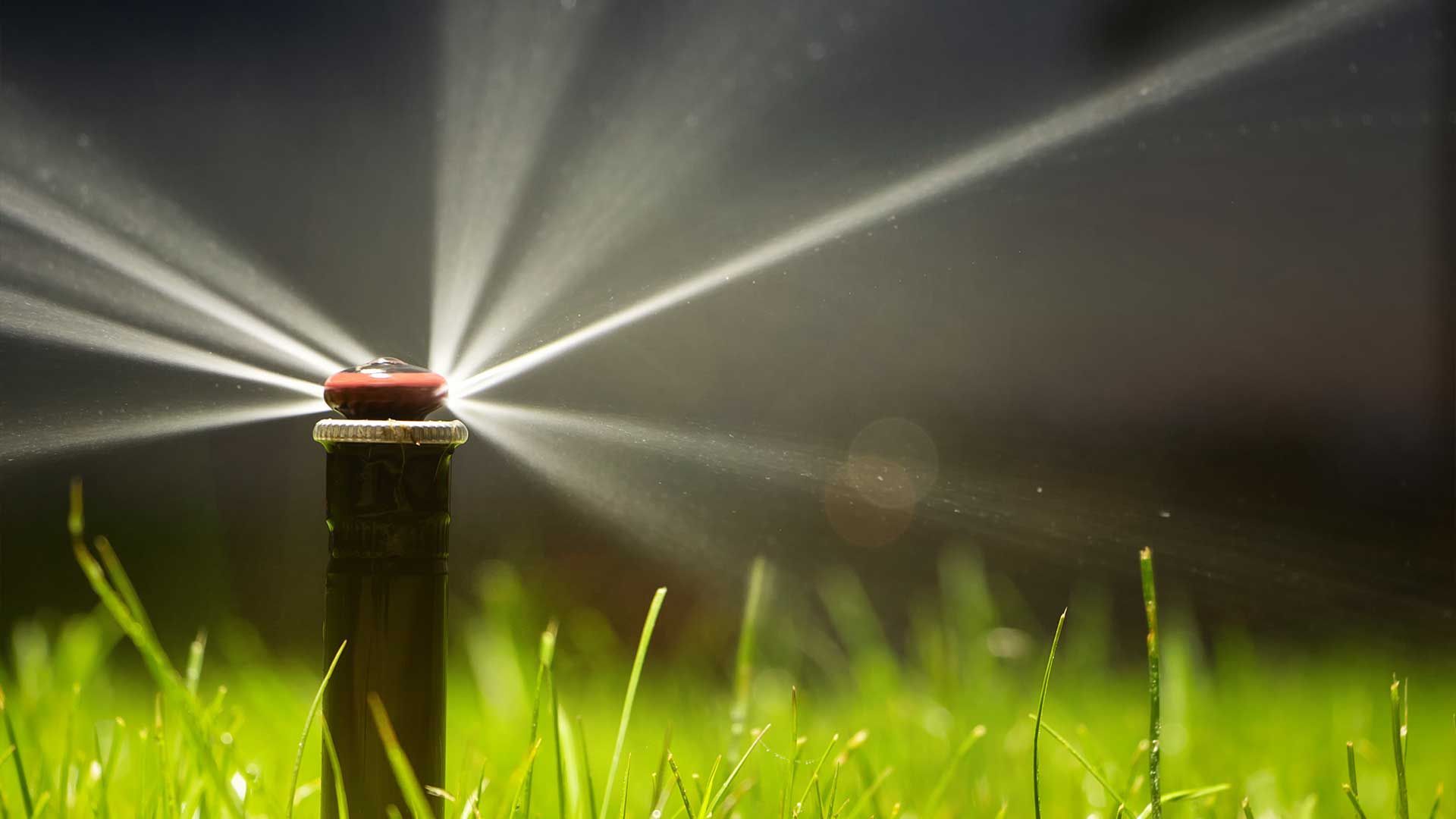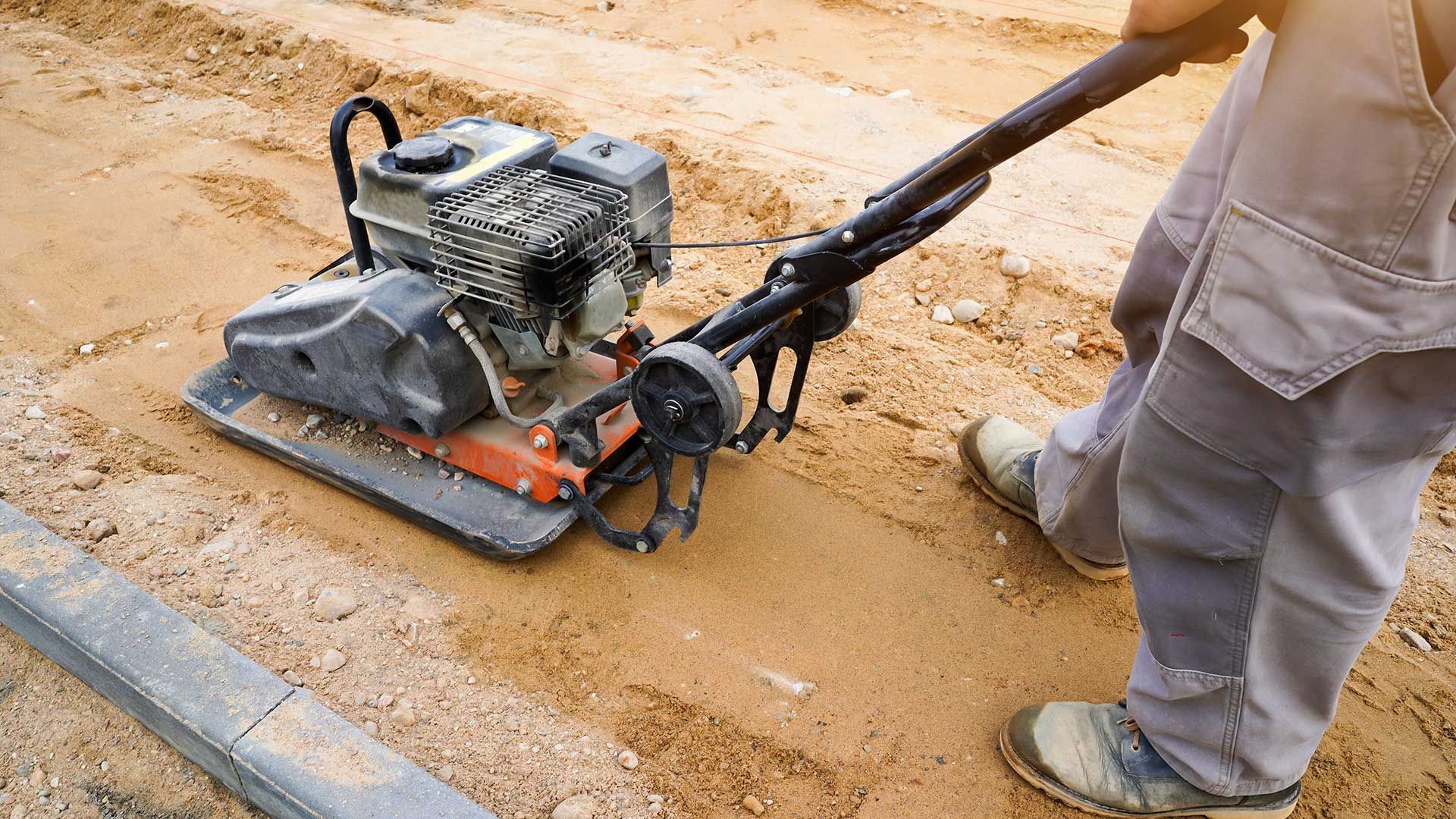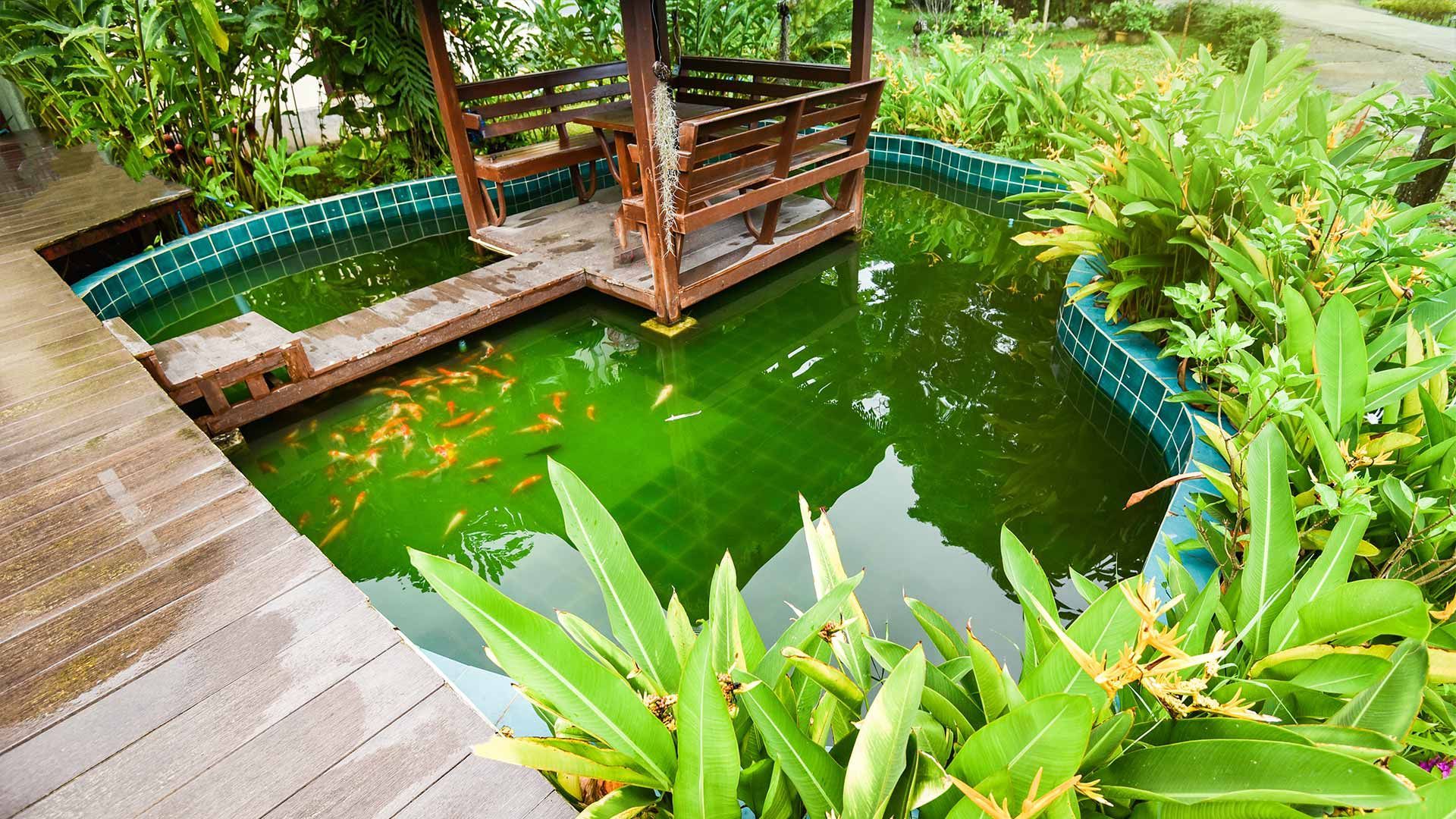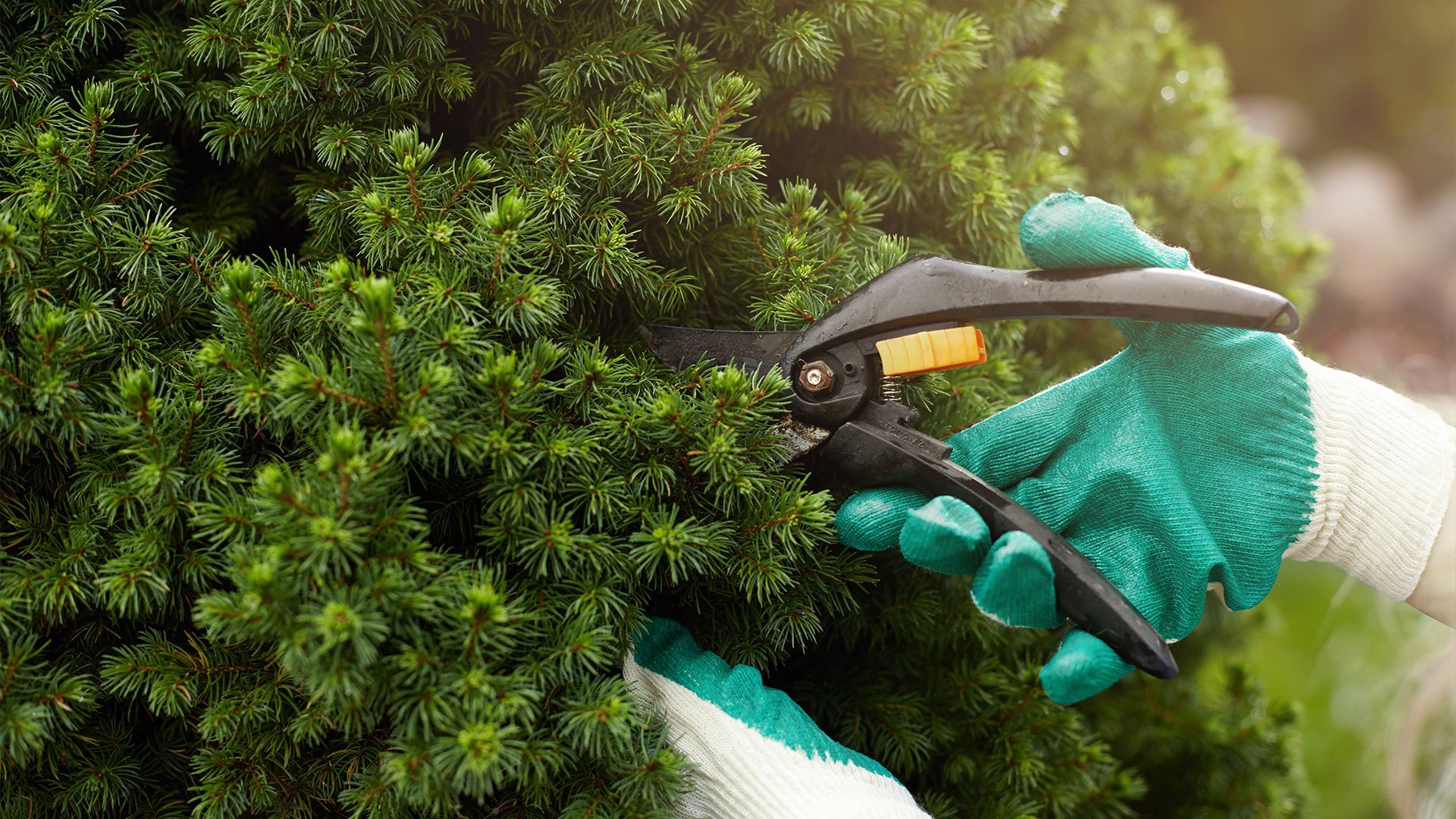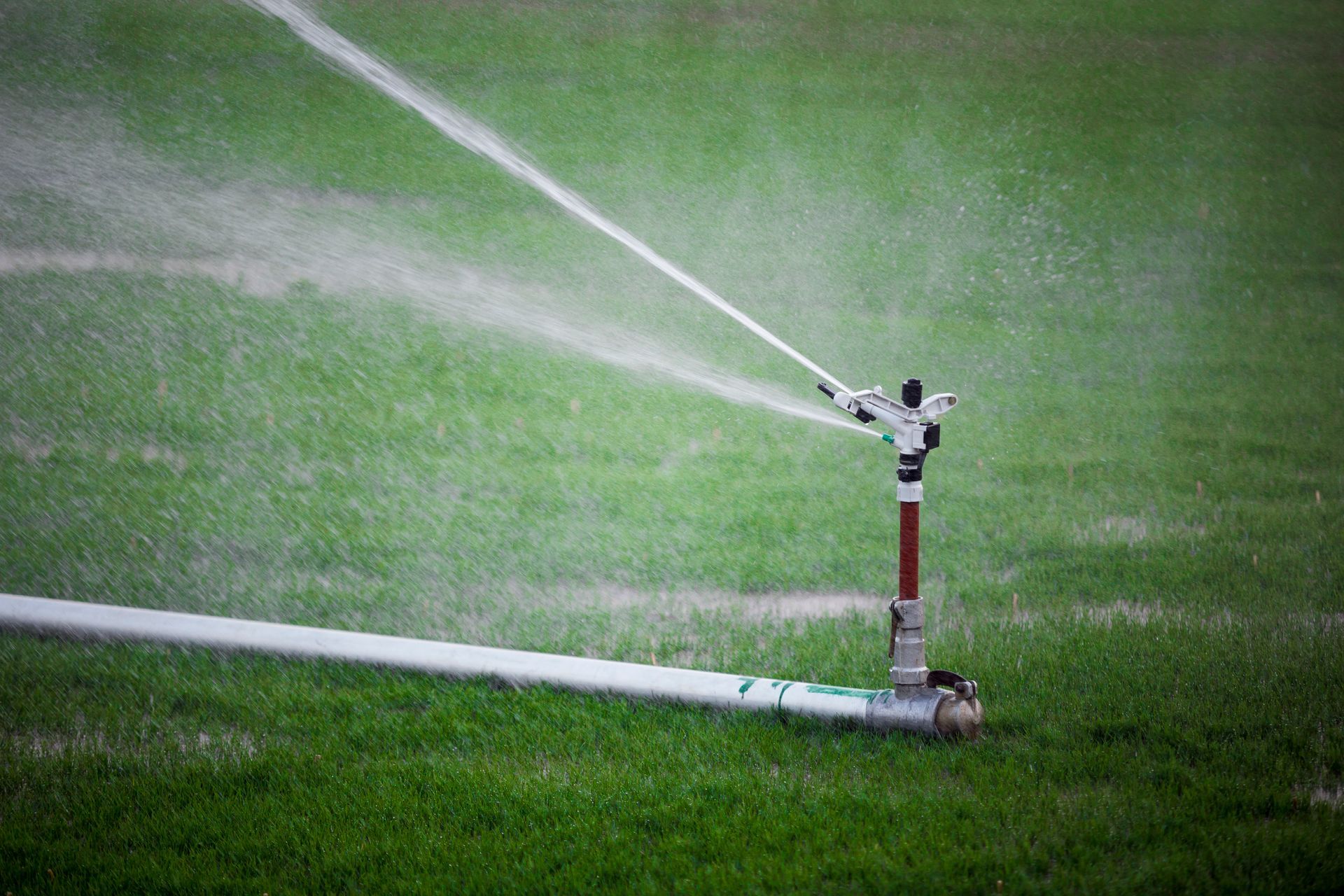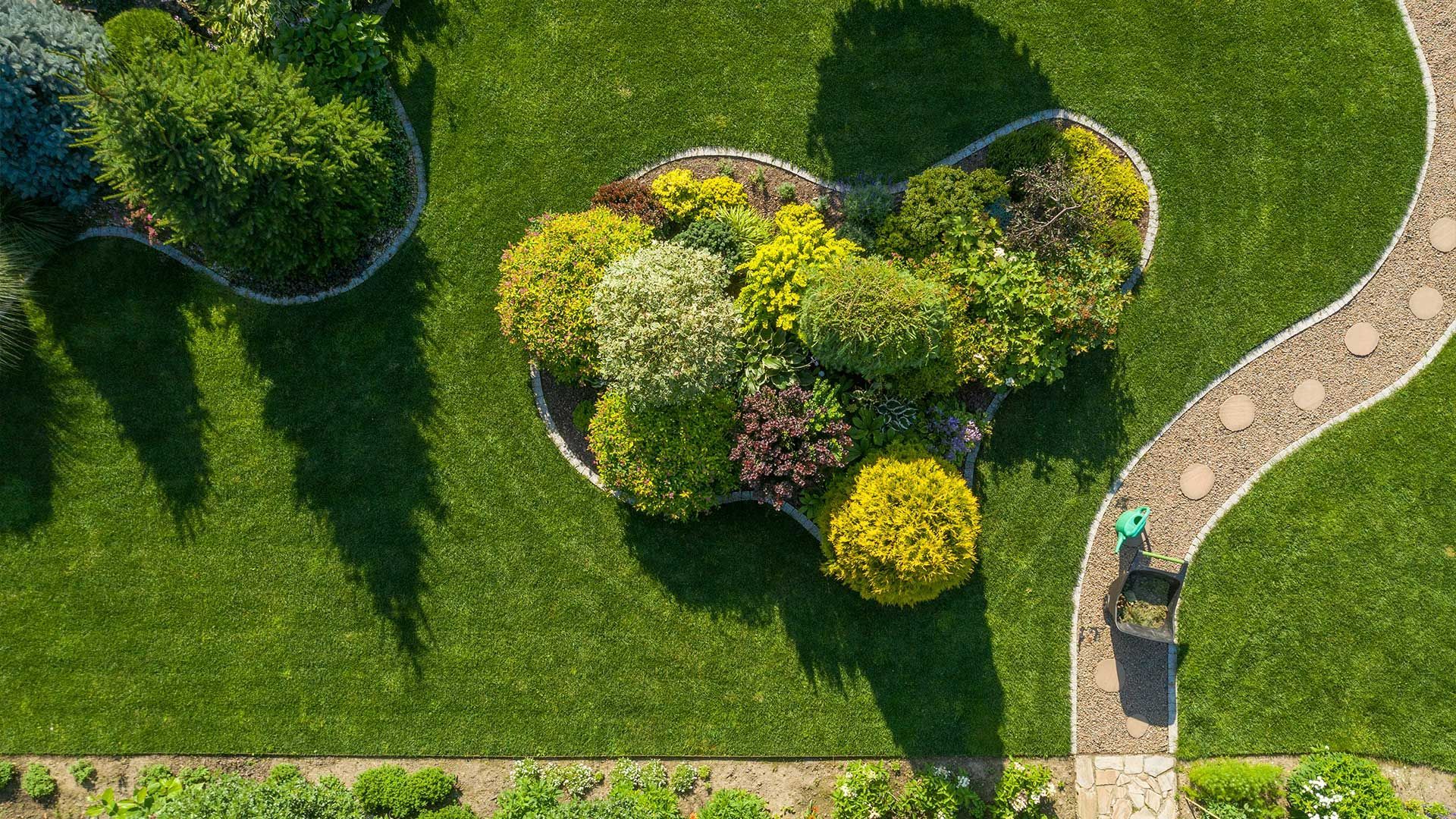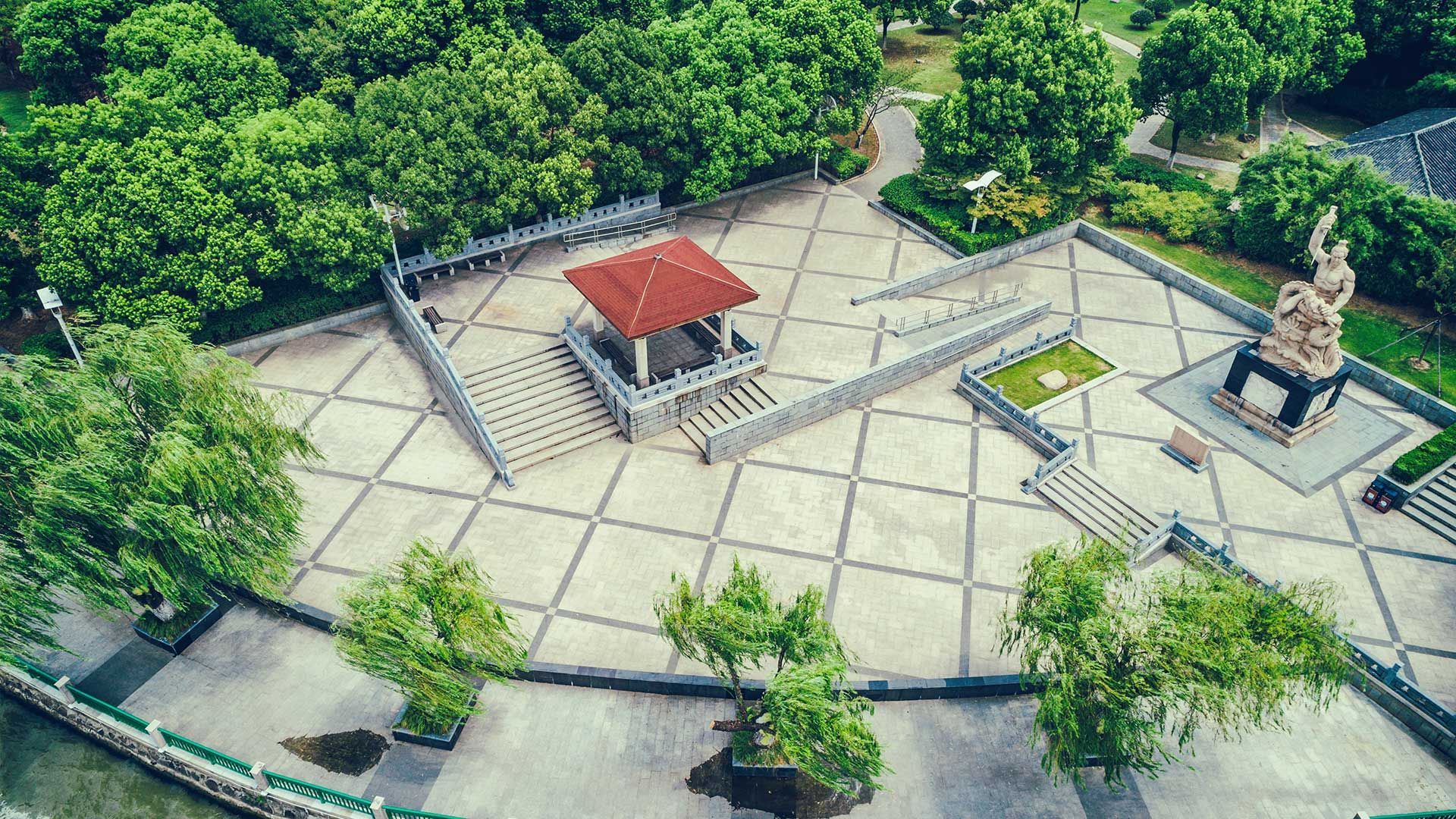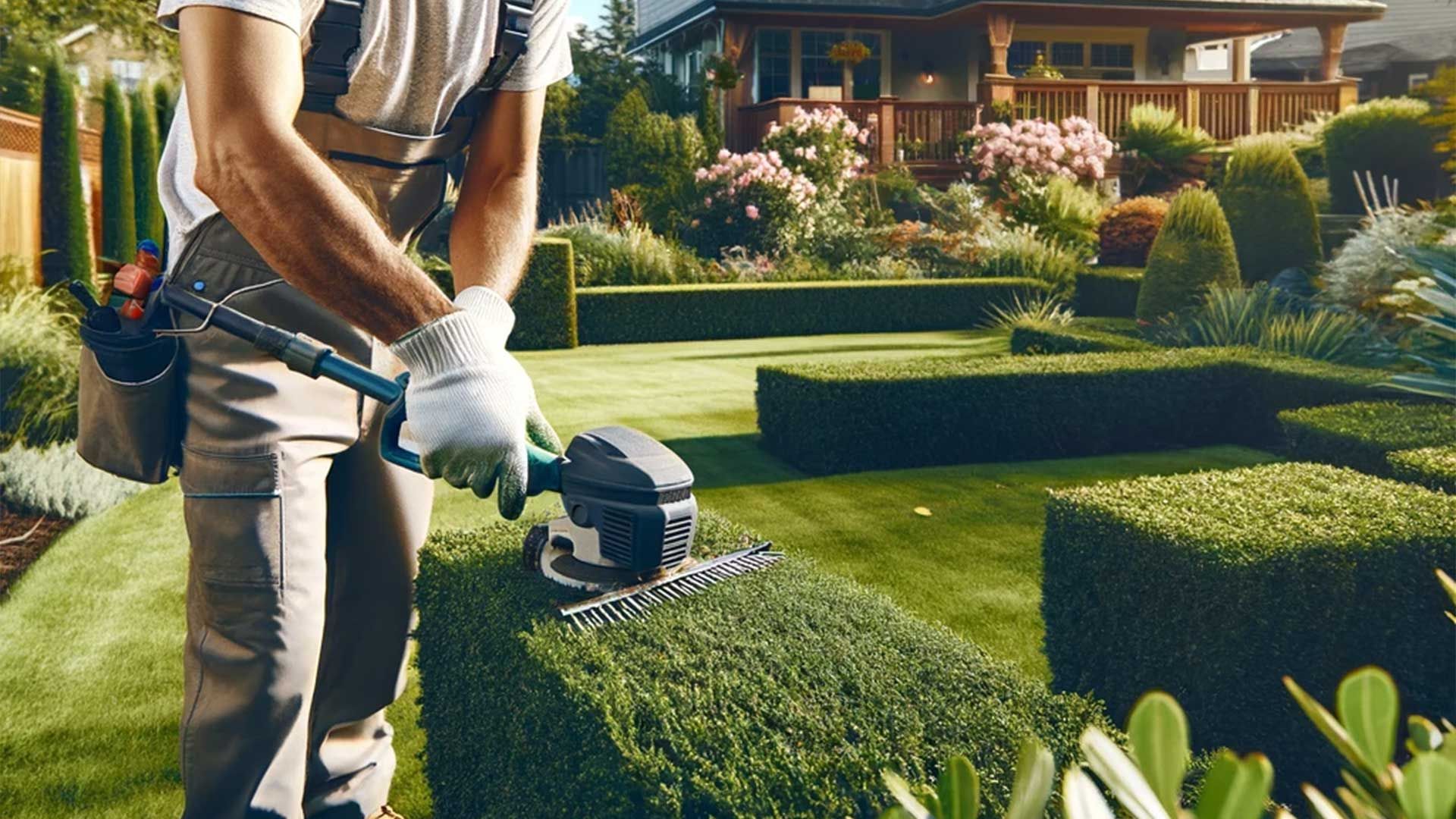From Concept to Reality: How a Landscape Designer Can Transform Your Yard
In today's world, where outdoor spaces have become an extension of our homes, the role of a landscape designer has never been more crucial. A landscape designer is like an artist, but instead of a canvas, they use the earth as their medium, transforming yards into stunning works of art. In this comprehensive guide, we'll explore the journey from concept to reality, showcasing how a landscape designer can completely revitalize your outdoor space.
A landscape designer is not just someone who plants flowers or arranges shrubs; they are trained professionals who understand the complexities of soil, climate, and design principles. Whether you're looking to create a cozy backyard retreat, a vibrant garden oasis, or a functional outdoor living space, a landscape designer can turn your dreams into a reality.
Join us as we delve into the world of
landscape design and discover how these talented individuals can bring beauty and functionality to your yard.
Understanding Your Needs
Before diving into the design process, a landscape designer will sit down with you to understand your needs, preferences, and vision for your outdoor space. They'll ask questions about how you plan to use the area, your aesthetic preferences, and any specific features or elements you want to incorporate. This initial consultation is crucial for the designer to get a clear understanding of your goals and expectations, allowing them to tailor the design to suit your unique needs.
Site Analysis
Once they have a clear understanding of your needs, the landscape designer will conduct a thorough site analysis. This involves assessing the existing conditions of your yard, including the topography, soil quality, drainage patterns, existing vegetation, and any
architectural features. By carefully analyzing these factors, the designer can identify opportunities and challenges and develop a design that maximizes the potential of your outdoor space while addressing any limitations.
Concept Development
With the information gathered from the initial consultation and site analysis, the landscape designer will begin the process of concept development. This stage involves brainstorming ideas, sketching rough designs, and exploring different layout options. The designer will work closely with you to refine the concept until it aligns with your vision and meets your needs. During this stage, you'll have the opportunity to provide feedback and make any necessary revisions to the design.
Detailed Design
Once the concept is finalized, the landscape designer will create detailed plans and drawings that outline every aspect of the design. This includes precise measurements, plant selections, materials, and construction details. The detailed design serves as a blueprint for the implementation phase, providing contractors and landscapers with clear instructions on how to bring the design to life. The designer will also provide guidance on budgeting and scheduling to ensure a smooth and
efficient installation process.
Plant Selection
One of the most important aspects of landscape design is plant selection. A skilled landscape designer will carefully choose plants that not only enhance the aesthetic appeal of your outdoor space but also thrive in your specific climate and soil conditions. They'll consider factors such as sun exposure, water requirements, and maintenance needs to create a beautiful and sustainable landscape that will flourish for years to come. Whether you prefer lush greenery, colorful blooms, or low-maintenance native plants, the designer will curate a plant palette that compliments your design style and suits your lifestyle.
Hardscape Design
In addition to plants, hardscaping elements such as patios, walkways, retaining walls, and water features play a crucial role in landscape design. A landscape designer will carefully integrate these elements into the overall design, balancing form and function to create a cohesive and harmonious outdoor environment. Whether you're looking to create an inviting entertaining space, a tranquil garden retreat, or a
functional outdoor kitchen, the designer will incorporate hardscape features that enhance the beauty and functionality of your landscape.
Implementation
Once the design is finalized, it's time to bring it to life. A skilled landscape designer will work closely with trusted contractors and landscapers to ensure that the design is implemented to the highest standards. They'll oversee the construction process, making sure that every detail is executed with precision and attention to detail. Throughout the implementation phase, the designer will serve as your advocate, addressing any concerns or issues that may arise and ensuring that the project stays on track and within budget.
Maintenance and Care
Even after the installation is complete, the relationship with your landscape designer doesn't end there. A reputable designer will provide ongoing maintenance and care advice to help you keep your outdoor space looking its best year-round. They'll offer guidance on watering, fertilizing, pruning, and other essential tasks to ensure that your landscape remains healthy and vibrant for years to come. Additionally, they may offer seasonal maintenance services or periodic check-ins to assess the health of your plants and address any issues that may arise.
Conclusion
In conclusion, partnering with a skilled landscape designer can truly elevate your outdoor space and turn your vision into reality. If you're ready to transform your yard into a stunning oasis, look no further than
Carolina Custom Landscape and Design dba Plants Unlimited. Our team of experienced landscape designers is dedicated to bringing your dreams to life, from concept to completion. Contact us today at
919-801-8483 to schedule a consultation and take the first step towards creating the outdoor paradise you've always wanted.
Frequently Asked Questions (FAQs)
